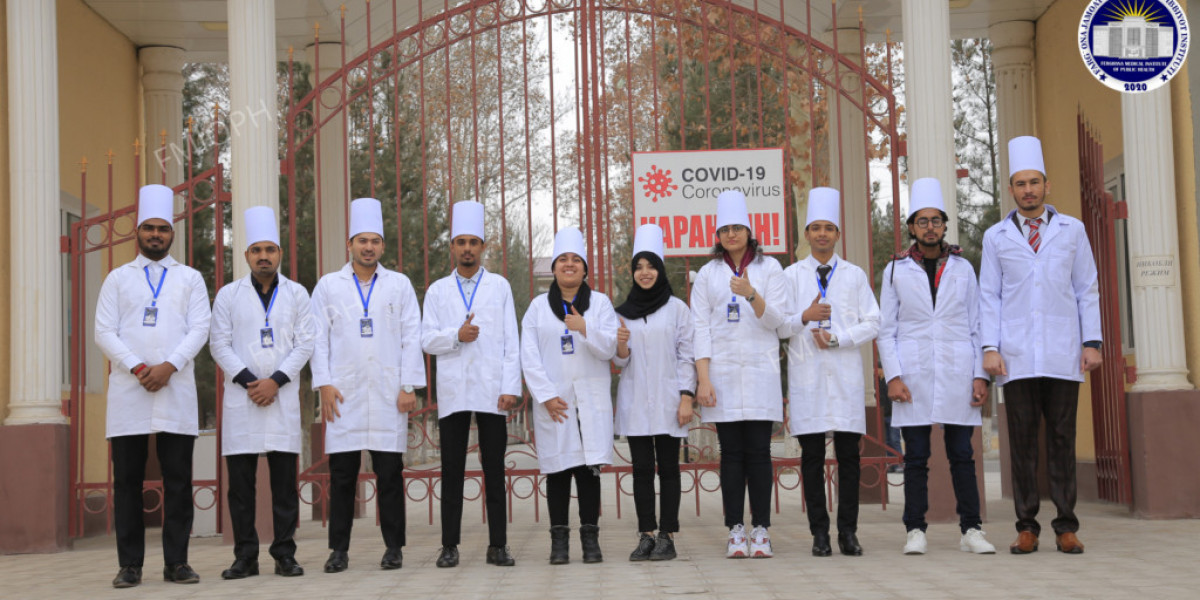Pursuing an MBBS in Uzbekistan has emerged as a major alternative for Indian medical aspirants who often struggle with the intense competition, extremely limited government seats, and high private college fees in India. Every year, almost twenty lakh students appear for NEET, but barely one lakh MBBS seats are available. This pressure pushes a large number of students to look for reliable and affordable options abroad, and Uzbekistan stands out as one of the strongest choices. The medical education system in Uzbekistan is structured, English-medium, modern, and recognized globally. At the same time, India continues to be a well-established hub for medical studies, but accessibility remains the biggest challenge.
This detailed comparison explores studying MBBS in Uzbekistan vs India in terms of fees, teaching quality, clinical exposure, lifestyle, recognition, and long-term career prospects, helping students and parents make a confident and informed decision.
1. Why Students Compare MBBS in Uzbekistan with India
The comparison between Uzbekistan and India arises because both countries offer unique advantages to medical aspirants. India has a long-standing reputation for producing skilled doctors, especially due to its heavy clinical exposure and experienced faculty. However, getting into an Indian government medical college is extremely difficult because of the massive competition. Even students with impressive scores often fail to get a seat due to high cut-offs and reservation categories. Private colleges are an option, but the fees often cross sixty lakh to one crore, which is not financially feasible for most middle-class families.
On the other hand, Uzbekistan offers a combination of affordability, modern infrastructure, recognized universities, and a smooth admission process. Many Indian students prefer Uzbekistan because they can secure admission without stress, study in English-medium programs, and complete their entire degree at one-fourth the cost of Indian private colleges. This makes the comparison important for families trying to balance quality, budget, and future opportunities.
2. MBBS Fees in Uzbekistan vs India
The biggest difference between Uzbekistan and India is the cost of medical education. Uzbekistan is known for being one of the most affordable destinations for an MBBS degree. The tuition fees in Uzbek medical universities generally range between two and a half to four lakh rupees per year. When the full six years of study are added up, the total cost usually stays between eighteen and twenty-eight lakh rupees, including hostel accommodation and basic living expenses. There are no donation charges, no capitation fees, and no hidden costs. Students pay their fees semester-wise, which helps families manage financial planning more comfortably.
In India, the situation is very different. Government medical colleges offer the most affordable education, with total MBBS fees ranging from one to six lakh rupees. However, getting a government seat is extremely difficult because of high competition. Private colleges, which admit students based on NEET qualification without strict ranking requirements, charge very high fees. The total cost usually falls between sixty lakh and one crore rupees, and in some institutions, it can be even higher. Deemed universities often cost between eighty lakh and one and a half crore rupees. Considering these numbers, Uzbekistan becomes a reasonable alternative for aspirants who want quality education without taking loans or putting financial strain on their families.
3. Admission Process in Uzbekistan vs India
The admission process in Uzbekistan is straightforward, quick, and stress-free. Students need only to qualify NEET, submit basic documents, and receive their admission letter. The entire process is completed within a few days, and universities do not conduct additional entrance exams. Seats are allotted on a first-come, first-served basis, which removes the pressure of high merit cut-offs.
In India, the admission process is much more complicated. Students must not only qualify NEET but also secure a good rank to get a government seat. After NEET results, multiple rounds of counseling take place for AIQ, state quota, and private seats. Many students remain confused or anxious throughout the counseling process because even small variations in rank can change the outcome. For private colleges, the admission system is easier, but the high fees make it unreachable for most students. This contrast makes Uzbekistan a reliable option for students looking for clarity and simplicity in the admission journey.
4. Quality of Education in Uzbekistan vs India
Uzbekistan has upgraded its medical education standards significantly over the last decade. The universities follow modern teaching methods, simulation-based learning, updated laboratory facilities, and a structured European-style curriculum. All major universities offer complete English-medium instruction throughout the six-year program. The batch sizes are intentionally kept smaller so students can have better interaction with faculty members. Professors in Uzbek institutions often have international experience, enabling them to teach using updated global medical practices. Students receive early practical exposure, which helps them build confidence in core clinical subjects.
India, on the other hand, has a strong medical education legacy. Government medical colleges, in particular, have highly experienced faculty and an academically rigorous environment. The curriculum is thorough and emphasizes both theoretical and clinical knowledge. Students benefit from exposure to a wide range of medical conditions because of India’s dense population and high hospital footfall. The quality of education in India is excellent, but the major drawback is accessibility. Very few students manage to secure a seat, and private colleges may not always offer the same academic environment as government institutions.
5. Clinical Exposure in Uzbekistan vs India
Clinical exposure is an essential part of medical training, and both countries offer solid hands-on experience, but in different ways. Uzbekistan provides early clinical exposure beginning from the second or third year, which means students can begin interacting with real patients under supervision at a relatively early stage. Hospitals associated with medical universities in Uzbekistan have a balanced patient load. The practical training is structured, organized, and designed to ensure that students gradually develop confidence in handling medical procedures, diagnosis, and patient care.
India offers exceptionally high clinical exposure, especially in government hospitals, because of the enormous patient flow. Students get the opportunity to treat a wide array of cases ranging from routine illnesses to complex medical conditions. The intensity of clinical training in India helps students become extremely skilled and confident. This is one of the biggest strengths of Indian medical education. However, students must get admission first—which remains the biggest challenge.
6. FMGE/NExT Performance and Future Prospects
Students who graduate from Uzbekistan are eligible to appear for India’s NExT exam, formerly known as FMGE, provided they meet NMC guidelines. Uzbekistan’s curriculum is aligned with international standards, which helps students prepare well for licensing exams. Over the years, Uzbek graduates have shown improving FMGE performance, especially those who prepare throughout their final year and internship.
Indian graduates will also take the NExT exam, which standardizes the evaluation system for both Indian and foreign graduates. Ultimately, passing depends on a student’s consistency and conceptual understanding, not the country in which they studied.
7. Lifestyle, Safety, Hostel, and Food
Uzbekistan offers a safe and student-friendly environment. Hostels are affordable and well-maintained, and Indian food is available in most university messes. Cities like Tashkent, Bukhara, Samarkand, and Andijan are modern, peaceful, and comfortable for Indian students. The climate is colder than India, but students adjust easily within a few months. The cost of living is moderate, making it easier for families to support their children.
In India, students enjoy cultural familiarity, comfort, and family proximity. The lifestyle depends on the city and the type of college, while hostel conditions vary widely.
8. Final Comparison: Uzbekistan or India?
Both countries offer strong advantages. India is unmatched in clinical volume and long-term medical reputation, but securing a seat is extremely difficult unless a student has a high rank or the ability to afford costly private colleges. Uzbekistan, meanwhile, provides a reliable and affordable path to becoming a doctor without compromising academic quality. Students receive English-medium education, modern facilities, and recognized qualifications at a reasonable cost.
In conclusion, if a student gets a government seat in India, that is the best choice. But for the majority who cannot, Uzbekistan stands out as an excellent alternative with modern education, global exposure, structured training, and a financially feasible path to achieving the dream of becoming a doctor.














